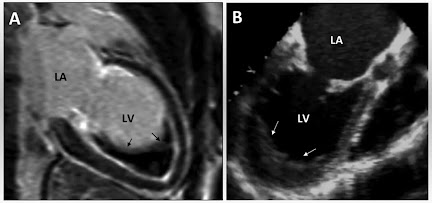Smallpox / Obituary / Variola
Definition : It is an acute viral disease caused by variola virus characterised by sudden onset of high grade fever associated with prostration malaise, headache, vomiting and sometime convulsion. Followed by typical rashes ( macule, papule, vesicle, pustule and scab) starting from limbs and face than spread toward the trunk. The disease eradicated now from the world.
- Last case seen in India - 1975
- India was free declare in - 1977
- Last case of the world in Somalia - 1978
- The disease eradicated from the world - 08/05/1988
FACTOR RESPONSIBLE FOR ERADICATION OF THE DISEASE :-
- Only single reservoir (Man). No animal reservoir.
- Vaccine was highly effective (100%).
- Low infectivity (30-40%).
- Long incubation period.
- Easy diagnosis.
- No sub-clinical cases.
- International co-operation.
AGENT FACTORS
Agents : Variola virus.
Reservoir Of Infection : Only man.
Source Of Infection : Case - clinical case.
Infective Material : Nasopharyngeal secretion and vesicular fluid.
Period Of Communication : Till scab formation (8-10 days ).
HOST FACTORS
Age : All ages are susceptible.
Mortality Rate : High in children.
Sex : Equal effects on both sexes.
Immunity : Life long immunity after single attack.
ENVIRONMENTAL FACTORS
Season : Winter season is favorable.
Area : Overcrowding area and unventilated houses.
Mode Of Transmission : Direct droplet and direct contact.
Incubation Period : 7-17 days ( average 12 days ).
CLINICAL FEATURES
i. Prodromal Phase : (2-3 days)
- High grade fever ( fever comes down on appearance of rashes).
- Prostration malaise.
- Headache.
- Vomiting.
- Convulsion.
ii. Eruptive Phase : (7-10 days )
- Rashes appear (macule, papule, vesicle, pustule and scab) multilocular, umblicated deep seated. soles and palms are affected (axilla not affected).
- Distribution - Centrifugal (more rashes on face & limbs). Starts from face & limbs and spread centripetal limbs to trunk.
- Diagnosis - Vesicular fluid examination ( brick shaped bodies positive).
PREVENTION & CONTROLS
- Early diagnosis
- Notification
- Isolation
- Symptomatic treatment
- Vaccination - Live attenuated vaccine, inoculate in skin with bifid needle.
Related Posts -






No comments:
Post a Comment
Please do not enter any spam link in the comment box